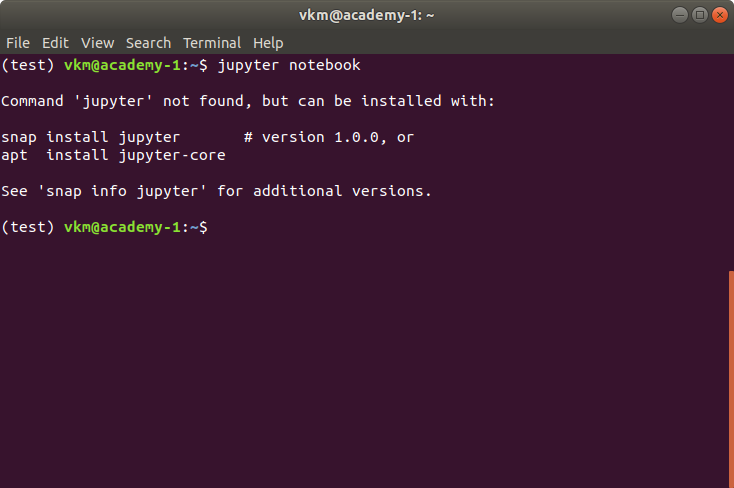
If you are using JupyterLab 2 you must manually install the JavaScript component of the extension: jupyter labextension install jupyter-offlinenotebook This should automatically enable the extension on Jupyter Notebook and JupyterLab 3. Installation pip install jupyter-offlinenotebook If everything is working that will open up your browser at and load notebooks to browser storage, even if you've lost your connection to the server. Jupyter runs inside the browser but installs files and all the save data in the directory that you run the jupyter command from. If that directory is in your PATH, then you should be able to directly run jupyter commands. This will install a jupyter.exe file into the Scripts directory. Run as administrator: pip install jupyter The main thing is that you need to add the python Scripts directory to your PATH, as above. Running PIP packagesīecause we’re using Chocolatey, the installation doesn’t follow the recommended installation for Jupyter. There is also confusingly a Chocolatey PIP package. You can get led astray here by an official guide which suggests having to download and run ez_setup.py.

Note that pip gets automatically installed when you install python – nothing extra is required. Install PIP (hint: it’s already installed) It also installs and pip.exe to C:\Program Files\Python35\Scripts.Īdd C:\Program Files\Python35 and C:\Program Files\Python35\Scripts to your PATH then you should be able to run python and pip immediately. This installs python to C:\Program Files\Python35. Assuming you’ve installed Chocolatey already, run as administrator: choco install -y python

I used Chocolatey to install Python package (currently v3.5.1). The recommeded route is via Anaconda but I like to use Chocolatey the Windows package manager as much as possible. This is a quick post (and will probably be outdated quickly), but it took me a while to get it correct.


 0 kommentar(er)
0 kommentar(er)
